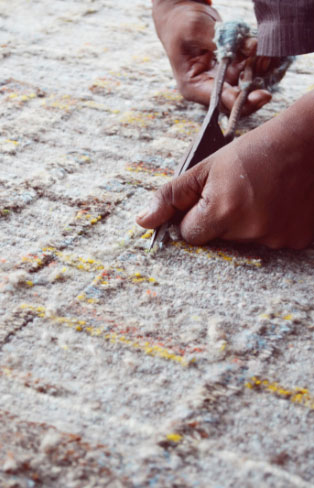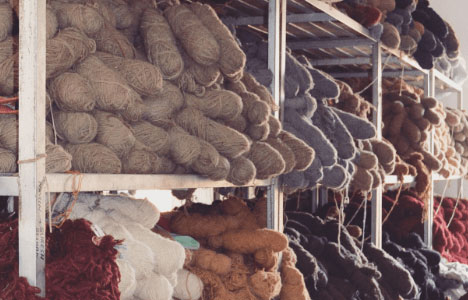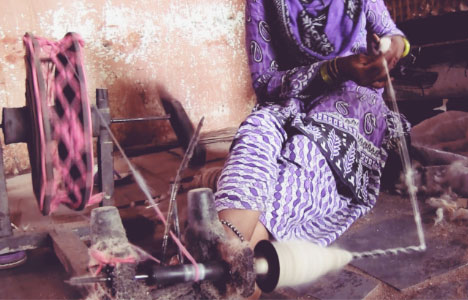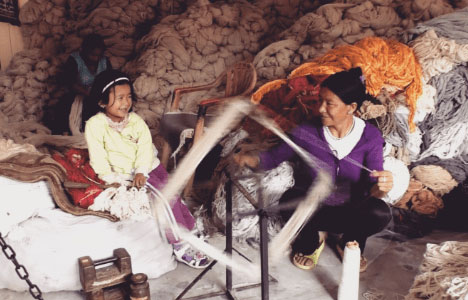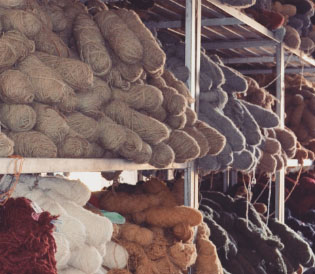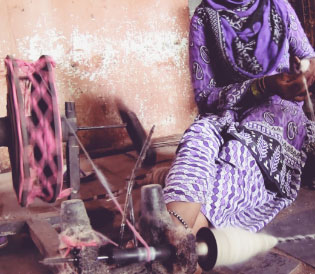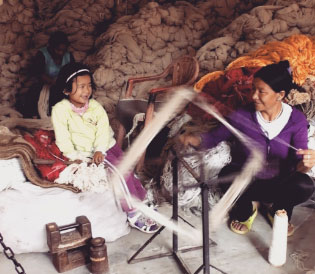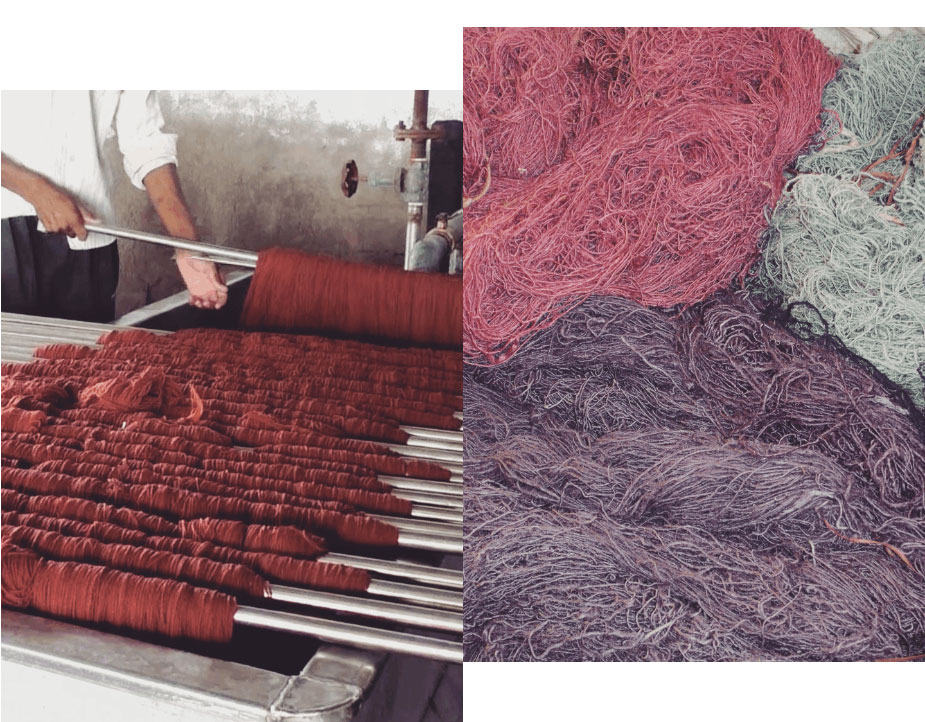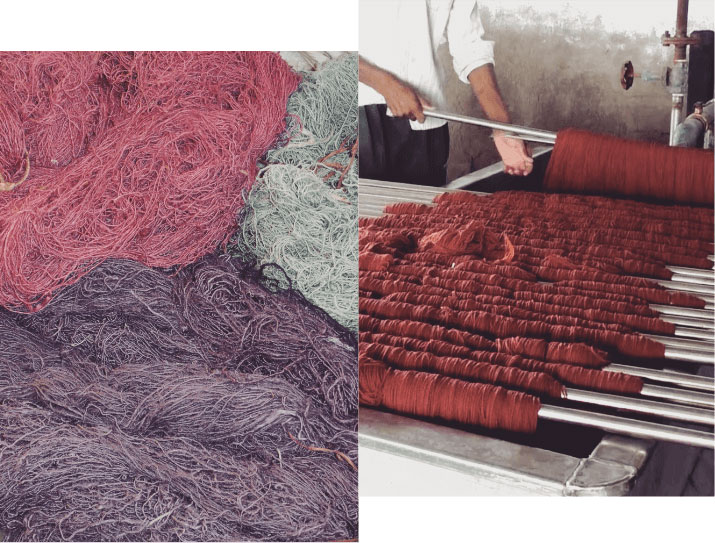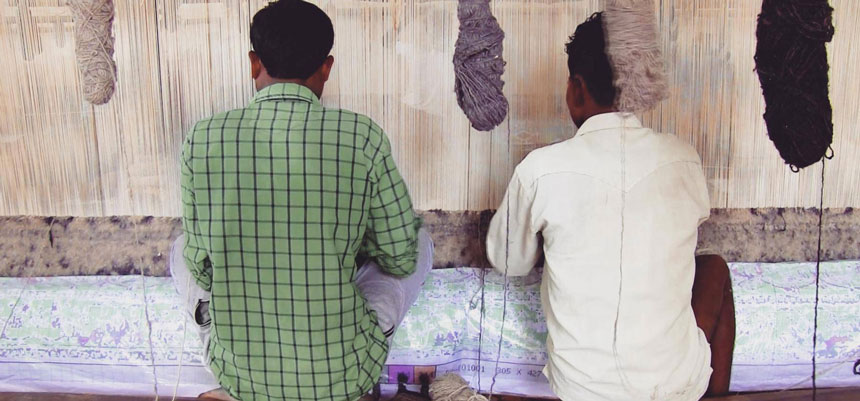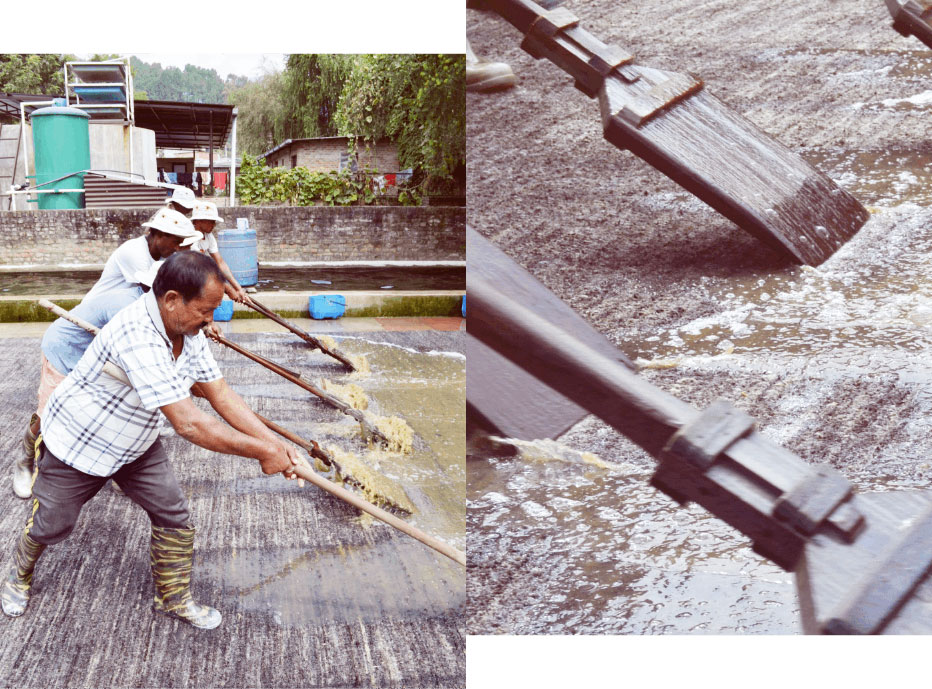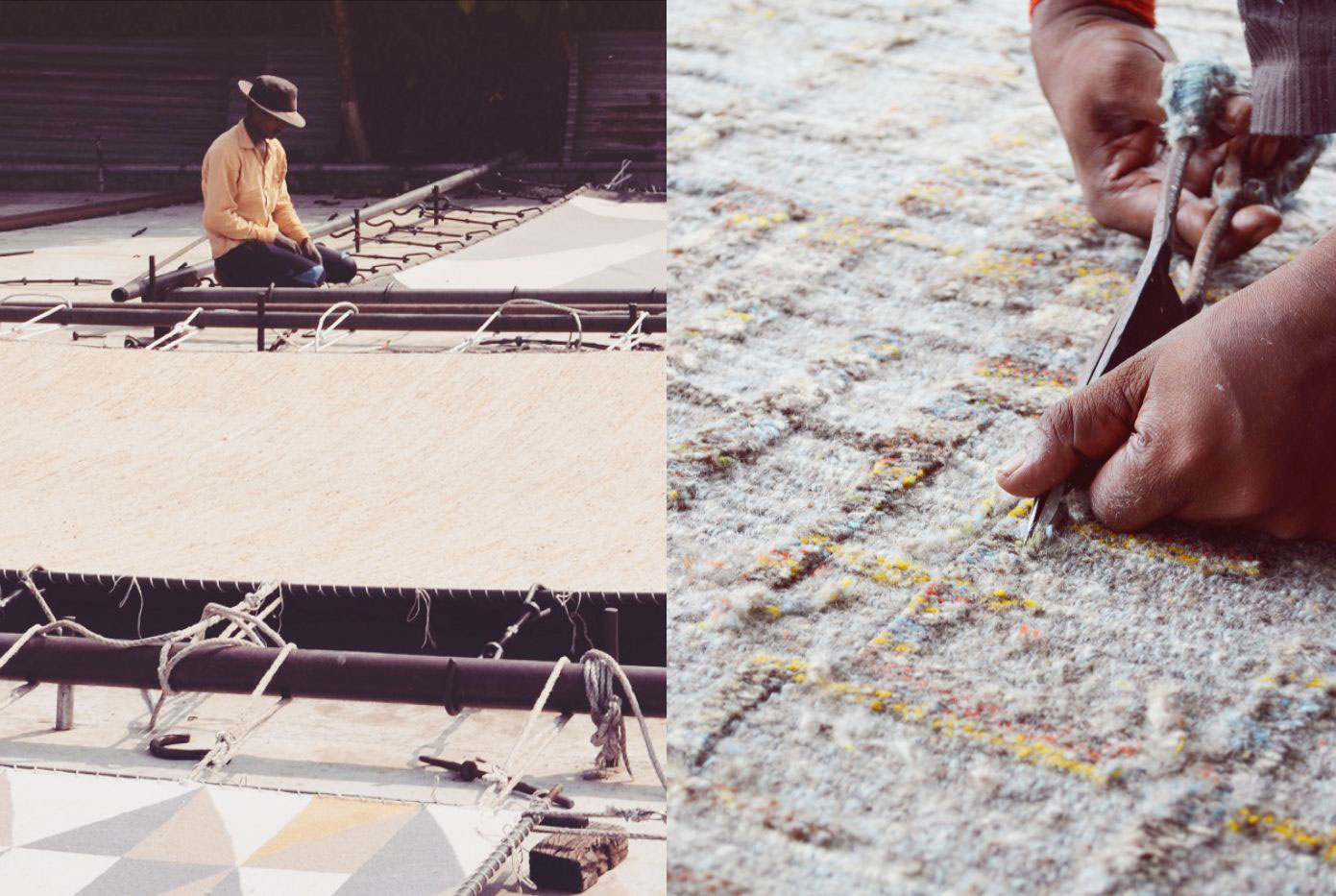craftsmanship
Making Rugs by Hand
A hand knotted or hand woven rug represents the remarkable achievement of many highly skilled artisans. There are few, if any, other items you can purchase for your home on which more care and handwork has been lavished. Every stage of this ancient craft, from spinning the wool to trimming the pile of the finished rug, is carried out by hand – not out of stubbornness, but because there is no better way of making a rug.
Prepping
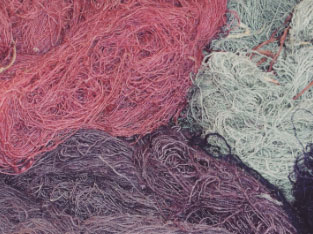
Dyeing
The most important person in the dyeing process is the Dye Master. The Dye Master is responsible for matching the colors and preparing the dyes.
The yarns are dyed and then left to dry naturally in the sun.
Weaving
The weaving is carried out by skilled craftsmen working in synchronization on the loom. The majority of our rugs are made with the Tibetan technique in which the yarn is knotted around the vertical warp threads and a metal rod. The higher the knot count, the finer the rug.
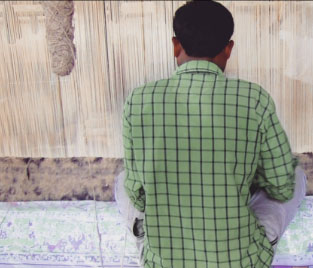
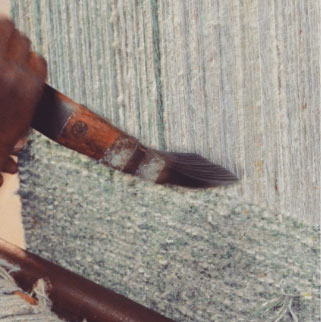
Rod
Once the row is complete, the rod is hammered tightly against the row below. The weaver then cuts the yarns along the rod, creating the pile.
Weaving
The weaving is carried out by skilled craftsmen working in synchronization on the loom. The majority of our rugs are made with the Tibetan technique in which the yarn is knotted around the vertical warp threads and a metal rod. The higher the knot count, the finer the rug.
Washing
The rugs are washed on both sides; water is squeezed through the pile with wooden paddles called ‘pharwa’ and left to dry naturally in the sun.
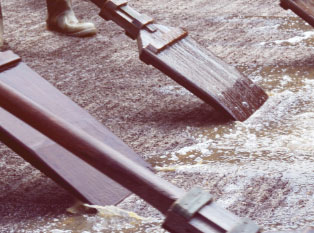
Washing
The rugs are washed on both sides; water is squeezed through the pile with wooden paddles called ‘pharwa’ and left to dry naturally in the sun.
Finish
